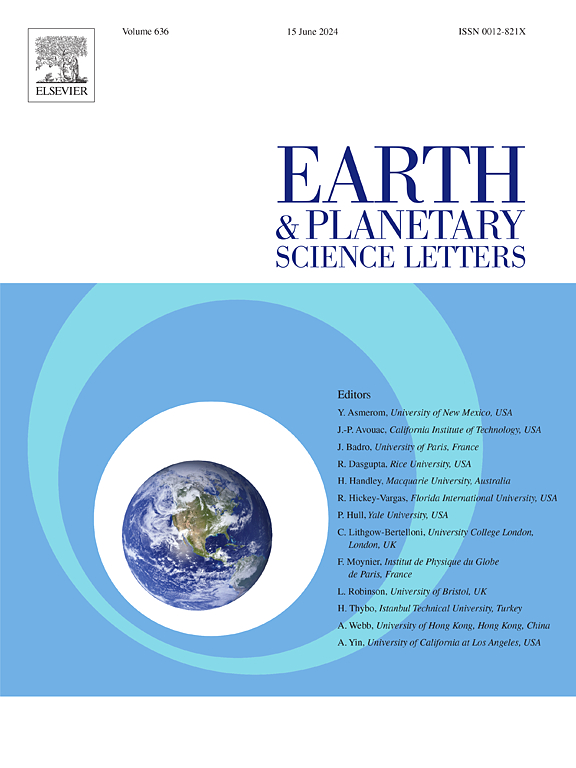减轻增强型地热系统注入后地震风险:来自多尺度研究的见解
IF 4.8
1区 地球科学
Q1 GEOCHEMISTRY & GEOPHYSICS
引用次数: 0
摘要
流体注入结束后的诱发地震是增强型地热系统(EGS)和其他当代地下注入活动成功的主要障碍。最近的研究表明,孔隙压力、孔隙弹性应力、库仑应力和一些时间相关因素的变化可能导致注入后地震活动。然而,目前关于减少注入后地震活动的关井策略的建议并不完整。为了探索典型EGS的最佳关井策略,我们对韩国浦项EGS进行了实验室规模的流体降压实验和现场规模的建模。研究发现,注入后立即抽取流体可防止断层发生高速动滑动和随后的持续慢滑动,并有望降低浦项EGS 2017年发生mw3.2和mw5.5地震的可能性,这可以通过孔隙压力积聚和总库仑应力变化的减弱来解释。我们建议,对于低渗透结晶油藏开发的EGS,如果地震发生在断层附近,并且与注水井有足够的水力连接,则立即进行流体提取是更可取的关井策略。然而,我们也认为,如果在高度裂缝的EGS储层中存在明显的孔隙弹性效应,那么应该根据断层的位置和方向来评估流体抽取作为关井策略的有效性。本文章由计算机程序翻译,如有差异,请以英文原文为准。
Alleviating post-injection seismic hazard in enhanced geothermal systems: Insights from a multi-scale study
Induced earthquakes after the termination of fluid injection are a major obstacle to the success of Enhanced Geothermal Systems (EGS) and other contemporary subsurface injection activities. Recent advances reveal that changes in pore pressure, poroelastic stress, Coulomb stress and several time-dependent factors could lead to post-injection seismicity. However, recommendations for well shut-in strategies to mitigate post-injection seismicity are currently fragmented. To explore the optimal shut-in strategy in typical EGS, we performed laboratory-scale fluid depressurization experiments and field-scale modeling of the Pohang EGS in South Korea. We find that immediate fluid extraction after injection prevents the fault from high-velocity dynamic slip and subsequent sustained slow slip in the laboratory, and is expected to reduce the likelihood of the MW 3.2 and MW 5.5 earthquakes occurred at the field-scale Pohang EGS in 2017, which can be explained by the mitigated pore pressure buildup and reduced total Coulomb stress change. We propose immediate fluid extraction as the preferable shut-in strategy for EGS developed in low-permeability crystalline reservoirs, particularly if earthquakes are expected to occur on faults in close proximity and with sufficient hydraulic connection to injection wells. Nevertheless, we also contend that if poroelastic effects are pronounced in highly fractured EGS reservoirs, the effectiveness of fluid extraction as a shut-in strategy should be evaluated based on the locations and orientations of faults.
求助全文
通过发布文献求助,成功后即可免费获取论文全文。
去求助
来源期刊

Earth and Planetary Science Letters
地学-地球化学与地球物理
CiteScore
10.30
自引率
5.70%
发文量
475
审稿时长
2.8 months
期刊介绍:
Earth and Planetary Science Letters (EPSL) is a leading journal for researchers across the entire Earth and planetary sciences community. It publishes concise, exciting, high-impact articles ("Letters") of broad interest. Its focus is on physical and chemical processes, the evolution and general properties of the Earth and planets - from their deep interiors to their atmospheres. EPSL also includes a Frontiers section, featuring invited high-profile synthesis articles by leading experts on timely topics to bring cutting-edge research to the wider community.
 求助内容:
求助内容: 应助结果提醒方式:
应助结果提醒方式:


